Don’t let your home make you more anxious after a long, tough day. Picture relaxing on a cozy ottoman, drink in hand, favorite show on, but feeling edgy because the décor is all wrong. Sounds awful, right? This is what a decorating disaster feels like. Luckily, there are **easy fixes**. Small changes, like where you put your furniture, the colors you choose, and how you light your rooms, can turn your place into a comfy **sanctuary** instead of a stress-filled zone.
Ideally, we want to spend time in dwellings that help us relax and relieve tension instead of exacerbating it. This is even more pertinent for the millions of people who live with anxiety disorders. To minimize in-home stress and soothe anxiety, experts suggest utilizing specific interior decor tips that will create a haven-like atmosphere.
Read on for more decorative solutions that go a long way toward enhancing the chill vibes in your home.
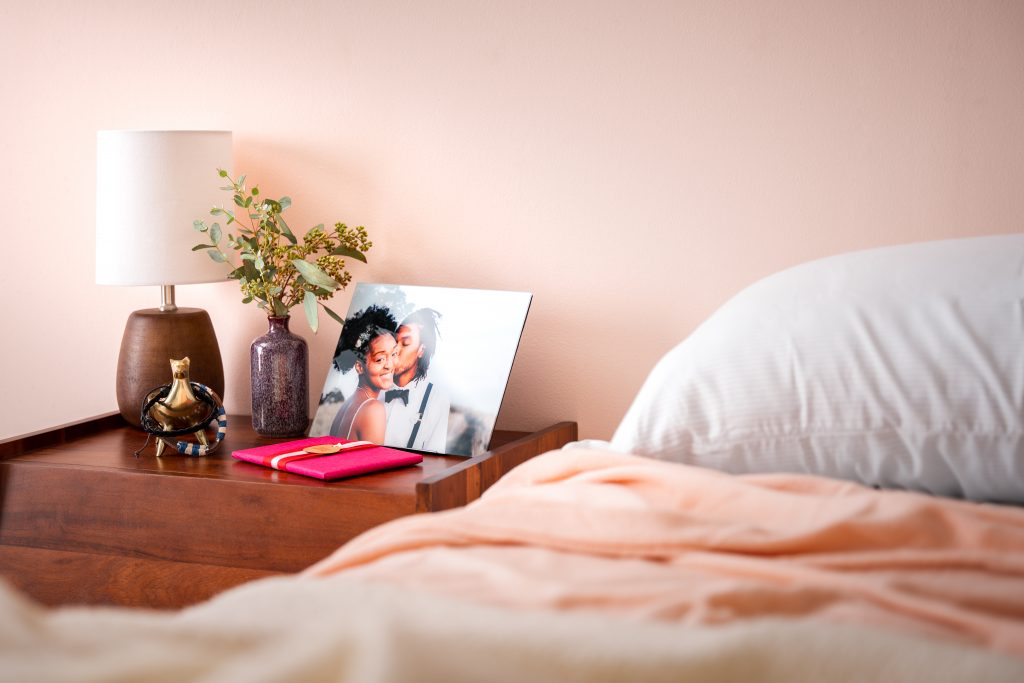
Use calming colors
To ensure that your home decor does more to relax you instead of ramping up your anxiety, allow color to be your co-creator of calm. In other words, be very intentional about color selection when decorating to soothe anxiety. Studies show that shades of blue, white, violet, pink, and green are among the many paint colors that help reduce stress.
On the contrary, bolder hues such as red are associated with increased stress responses. So, say you’re someone who struggles with anxiety but you also prefer to decorate with flashy colors. Simply go with a toned-down version of your preferred shade; instead of a bold red living room, switch to a soft pastel version. Your space still benefits from the fun pop of color without the angst-inducing side effect of a paint shade that puts you on edge.
Diversify your storage options
We all know how it feels to enter a clutter-filled space; the walls seem to instantly close in on you. You don’t necessarily have to be claustrophobic for a junky space to induce a sense of panic. In fact, psychologists have found that clutter makes it physically and mentally difficult to relax. But utilizing invisible storage options creates instant breathing room. Some of the most clear-cut examples can be seen in spaces with a modern aesthetic:
- Trash containers concealed in tilt-out cabinets
- Integrated appliances: Cover your microwave or fridge with a cabinet panel overlay. (This seamless arrangement helps appliances blend with the surrounding cabinetry).
- Keep kitchen countertops orderly with hidden spice racks
- Buy furniture that easily conceals electronics and their unsightly cords and wires
- Invest in storage beds to hold spare sheets, seasonal clothing, books and other items
Whatever approach you decide to use, focus on storing as many items as you can out of sight to ensure a space that maximizes comfort.
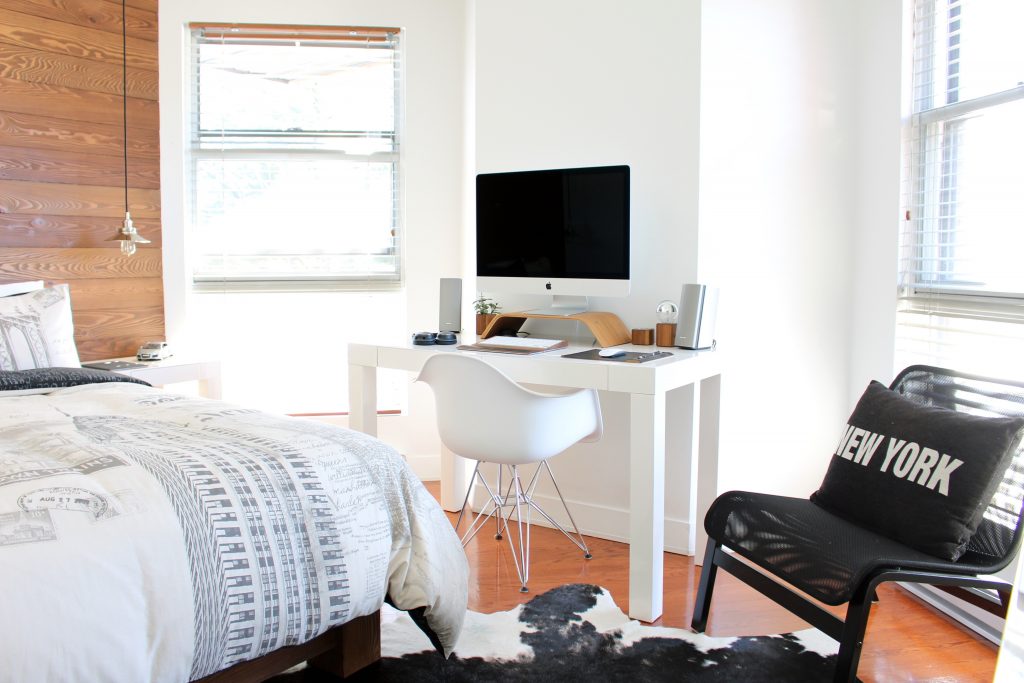
Soothe anxiety by leaving room for space
When decorating to soothe anxiety, use what’s known as negative or white space to create breathing room around objects in your home. This can give the appearance of more space in smaller rooms in particular. The illusion of extra space helps rooms feel less closed off, which, in turn, can form an anxiety buffer of sorts. For instance, leave open spaces on bookshelves. Leave a generous amount of space between items like your sofa and the wall. If you can’t figure out how to implement this solution, hire an organizer. The experts can offer suggestions on decorating in a way that is functional while leaving (literal and figurative) room for relaxation.
Get rid of your junk drawer
If we didn’t know any better, we’d swear junk drawers appear out of thin air. One minute, they’re empty and waiting to be filled. Suddenly, they’re embarrassingly messy and overflowing with miscellaneous stuff. Merely opening these drawers can induce stress. So imagine what clearing them out can do for the psyche. It may sound like a tall ask, but organizing your junk drawer will soothe anxiety. Not only are cleaning and organizing known stress-reducers, but so is quickly finding a random item when you need it.
And the same goes for any junk-attracting spaces in your home. That countertop nook that’s piled with unopened mail? Organize and discard items as needed. The overflowing recycling bins? Empty them out. Clear out any area that serves as a magnet for collective chaos.
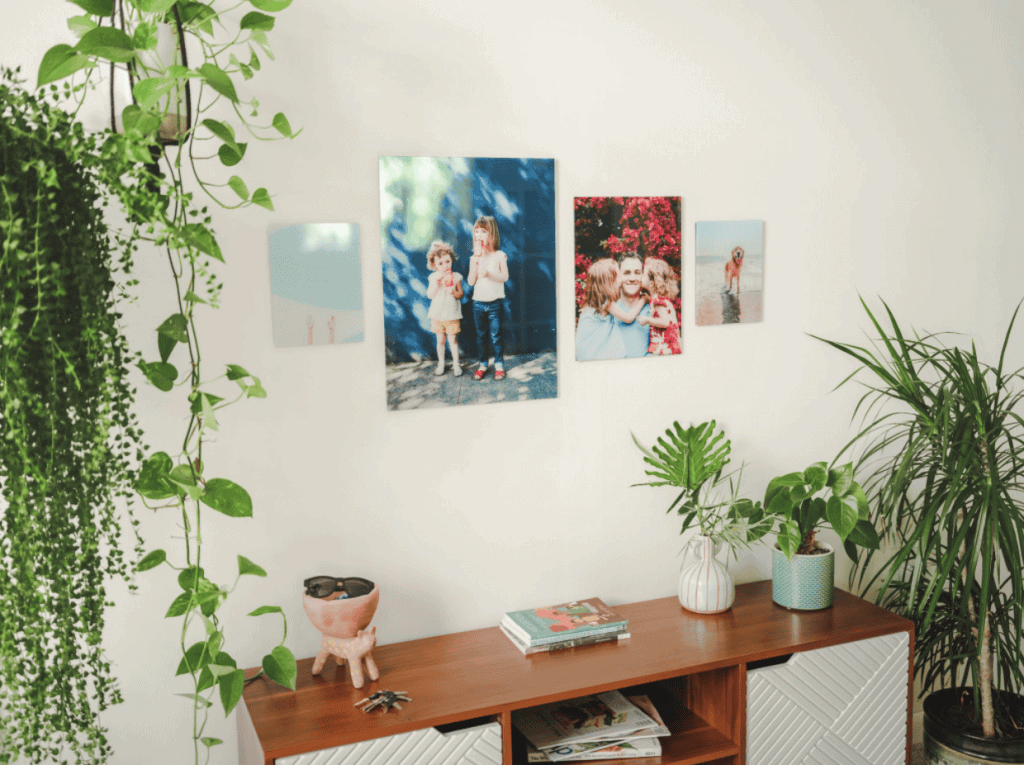
Get into biophilic design to soothe anxiety
Kick anxiety out by bringing nature in. It could be growing an indoor garden or hanging a single plant. Decor experts tout biophilic design for its ability to help people relax and feel more optimistic. Interested in expanding your indoor greenery collection for anti-anxiety purposes? Consider lavender plants. This particular flora emits a scent that decreases anxiety and creates a calming atmosphere.
Additionally, using water fountains or ponds as indoor accessories or decorating with natural materials like wood, metal, and stone are examples of incorporating biophilic design into your home decor scheme.
Create a signature scent or light your favorite candle
The way your home smells is just as important as it looks, particularly when it comes to anxiety-reducing decorative measures. For a space that feels and smells calm, consider using scents with calming properties. A few popular anxiety-relieving essential oils include bergamot, lavender, ylang ylang, rose, and chamomile. However, scents that you associate with pleasant memories also perform the same function. Overall, choose scents that make your nose and your spirit happy and calm. Start your search with these candle scents that help you relax.
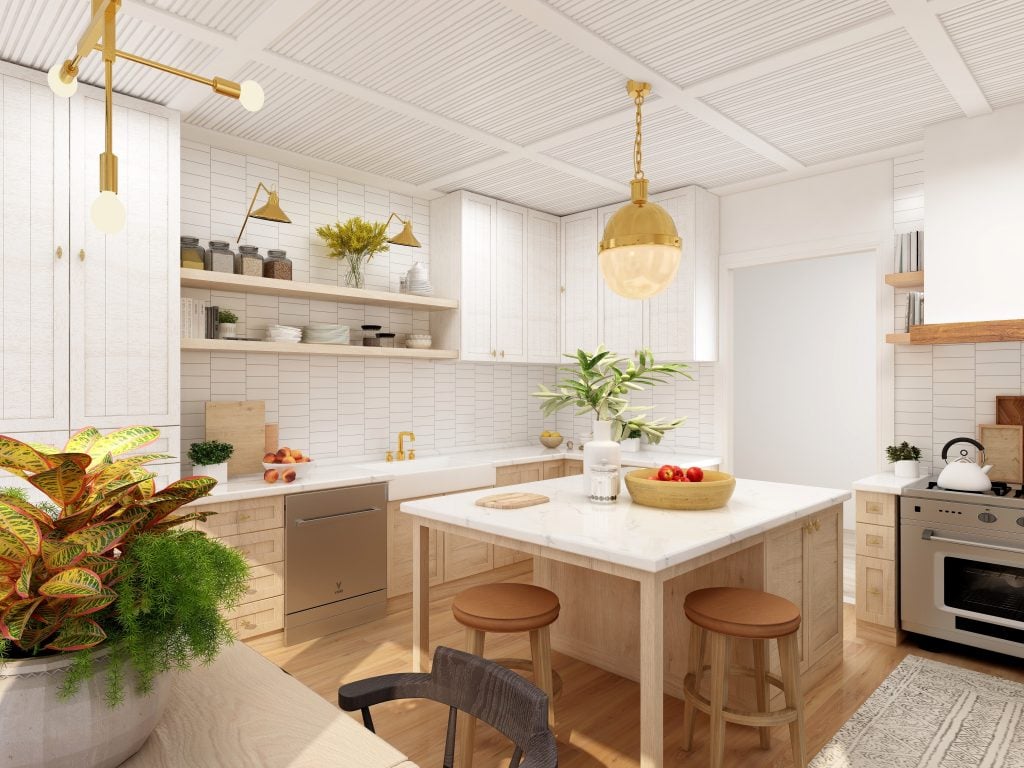
Pick anxiety-reducing solids over patterns
That houndstooth may look stylish in your home, and boy is it a conversation starter. But when it comes to anxiety, the same patterns that pack a ton of style into a space can also be overstimulating to the senses. Obviously, this will create a space that feels anything but relaxing. Instead of choosing patterns, stick to solids to soothe your anxiety. Experts suggest monochromatic room designs create a sense of calm. But will a room with a single color create a sense of boredom? Not to worry: Keep this solid color scheme on the creative side by experimenting with textures, layering, shapes, and angles.
Choose lighting options that help you relax
Thinking of installing fluorescent lights in your home? Think again. A recent report found that people with anxiety experience discomfort when exposed to fluorescent lighting, which is commonly used in modern and industrial kitchens. To combat anxiety brought on by work or creative tasks, consider blue light. By the same token, green light is also associated with relaxation, as is red light, which is said to have a soothing effect on the body. If multi-color bulbs don’t suit your design tastes, consider ambient lighting or adjustable light fixtures to dim the light and set a relaxing mood.
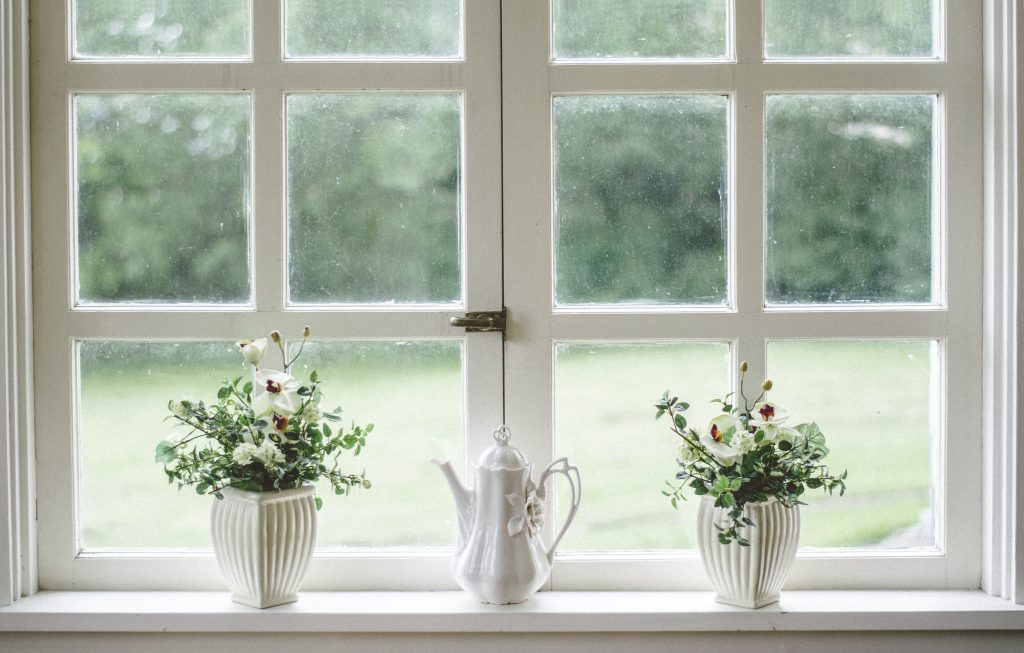
Open your windows to reduce anxiety
It’s easy to forget about the benefits of fresh air when central air and heating units are so commonplace. But sitting in a closed-off room won’t do much to help reduce tension. When you’re feeling stressed, filling your lungs with fresh outside air can provide a natural mood boost. Research shows that inhaling fresh air aids the body in releasing serotonin, which induces mood stability and brings about a sense of well-being and happiness. Instantly reduce your anxiety by opening a window and allowing fresh air to circulate indoors. Your frayed nerves will thank you.
Use photos to set a happy mood
Anxiety-reducing decor doesn’t have to be complicated. Something as simple as looking at pleasant imagery is a coping tool for stress. Some experts even view vacation and travel photos as a form of mindfulness meditation. Center yourself at home by decorating with photos that evoke fun, calming memories. Entering a room with a photo wall filled with your happiest, most relaxing experiences can do wonders for your mindset.
So, hang those smiley selfies! Even better, print those carefree beach photos or pet photos on glass to make them pop. Can’t choose just one photo? The more the merrier! Tell your story through a Fracture Photo Wall or Storyboard, which let you showcase a personalized group of your precious memories. Take advantage of what a space that stimulates positive emotions has to offer.
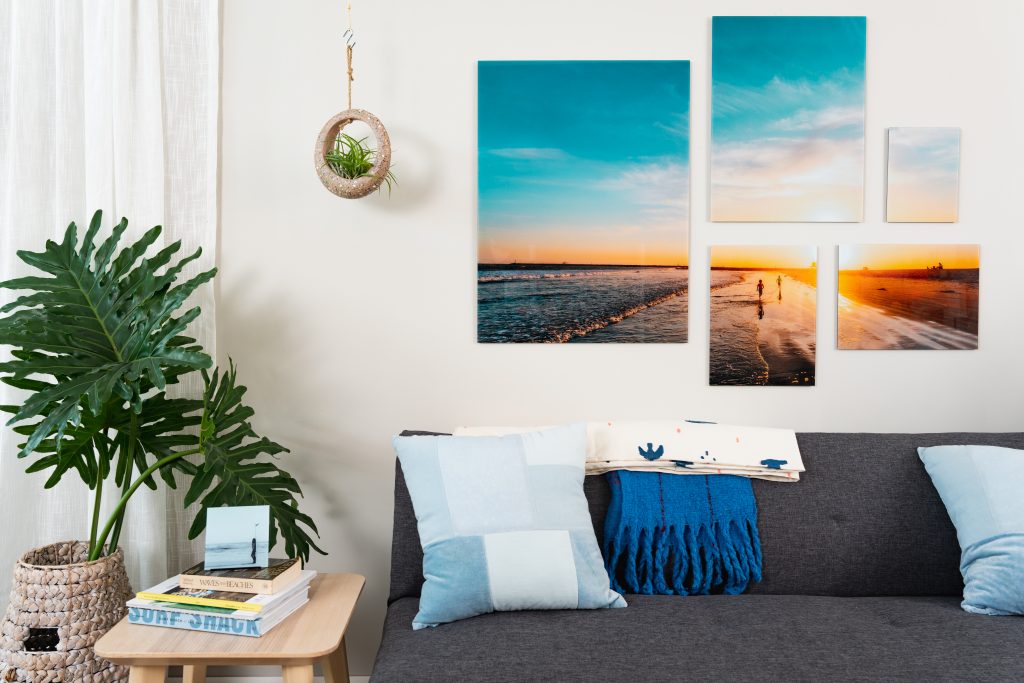
Create a designated zen zone
Fill this laid-back area with anything and everything that puts you at ease. At the same time, eliminate anything that causes tension. Hang soft lights, decorate with large, comfy throw pillows, and fill a diffuser with your favorite essential oil mixture. Play soft music and decorate with pastel colors. Additionally, consider making this special space a technology-free zone. Avoid activities that induce stress, like doom-scrolling or feeling pressured to respond to texts, emails or social media notifications during your designated mental downtime.
Whether it’s through glass prints of your favorite photos and artwork accentuated by your favorite potted plant and a cool-colored accent wall, remember to focus on how your space feels over everything else. When decorating to soothe anxiety, prioritize a home that is not only pleasing to the eye, but sets all your senses at ease.
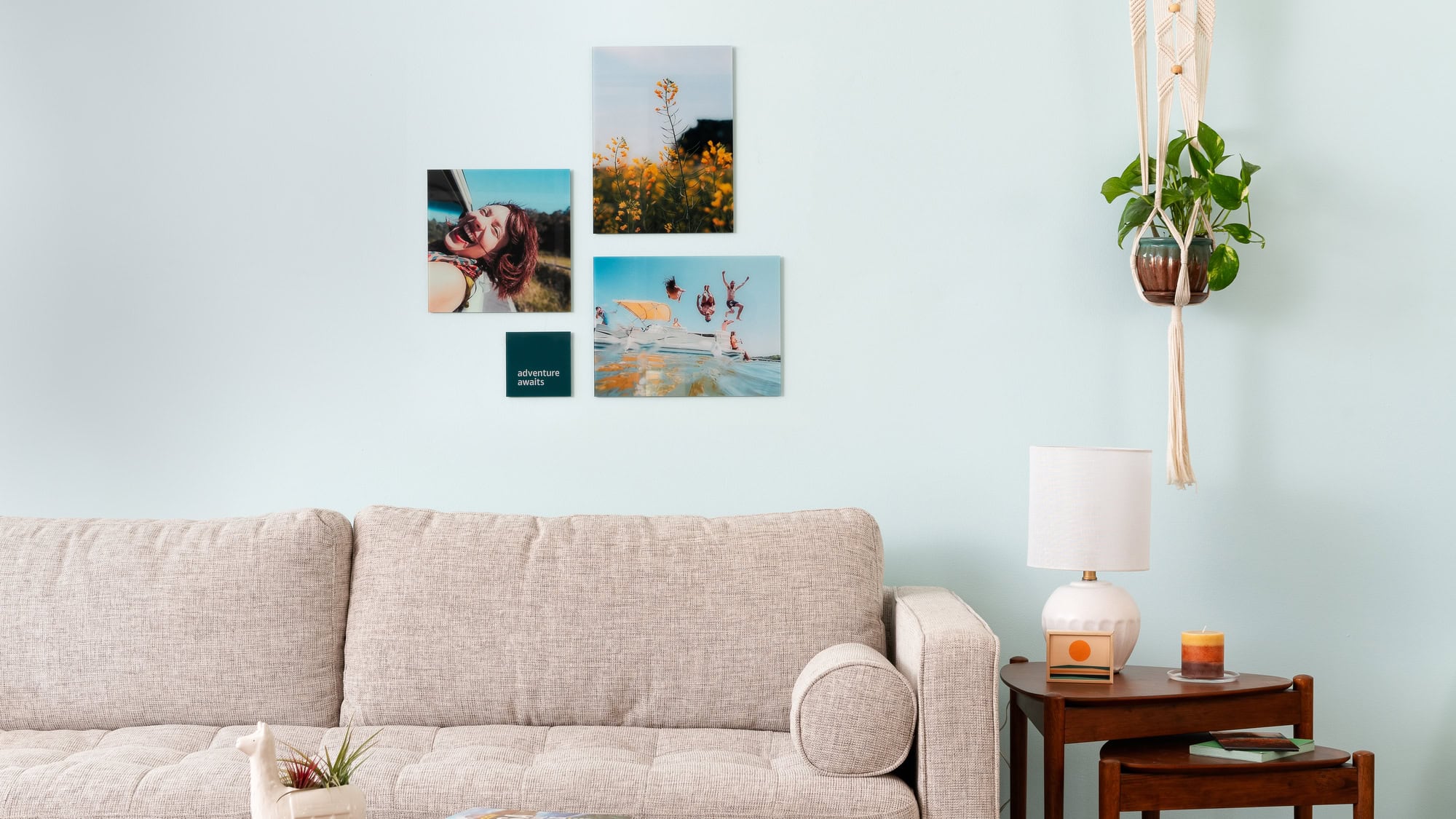
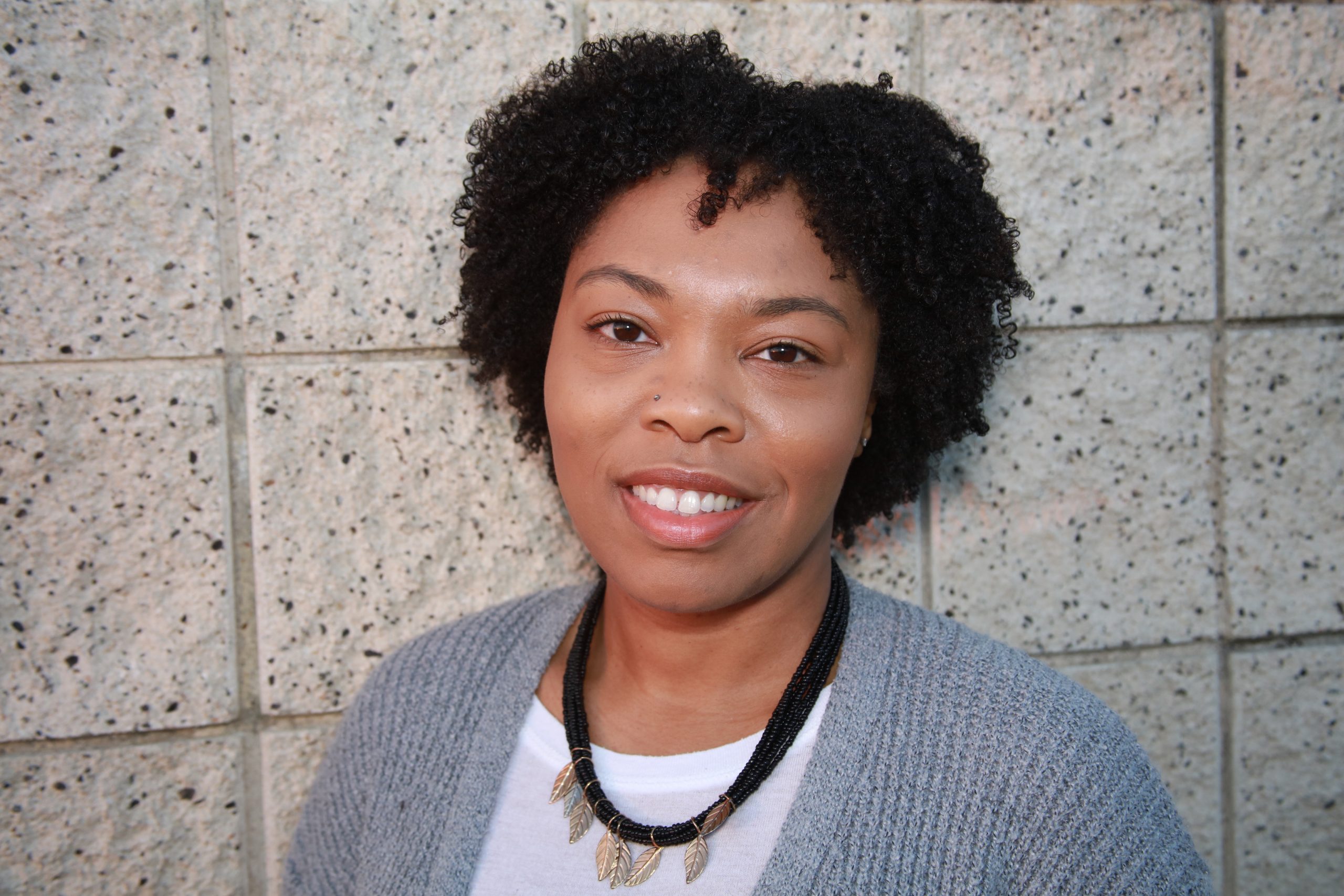

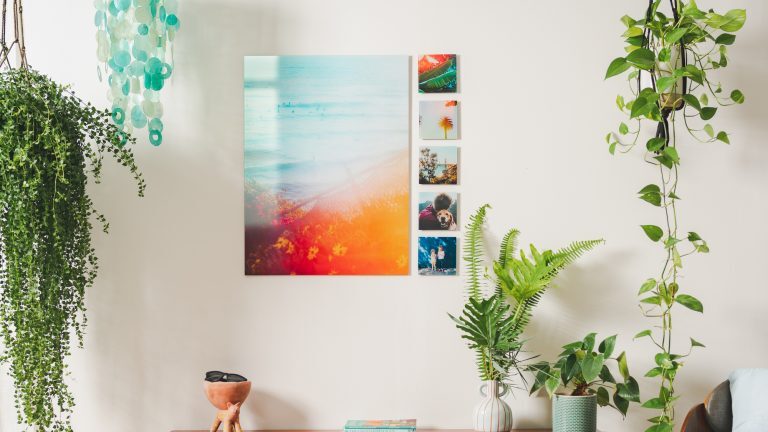
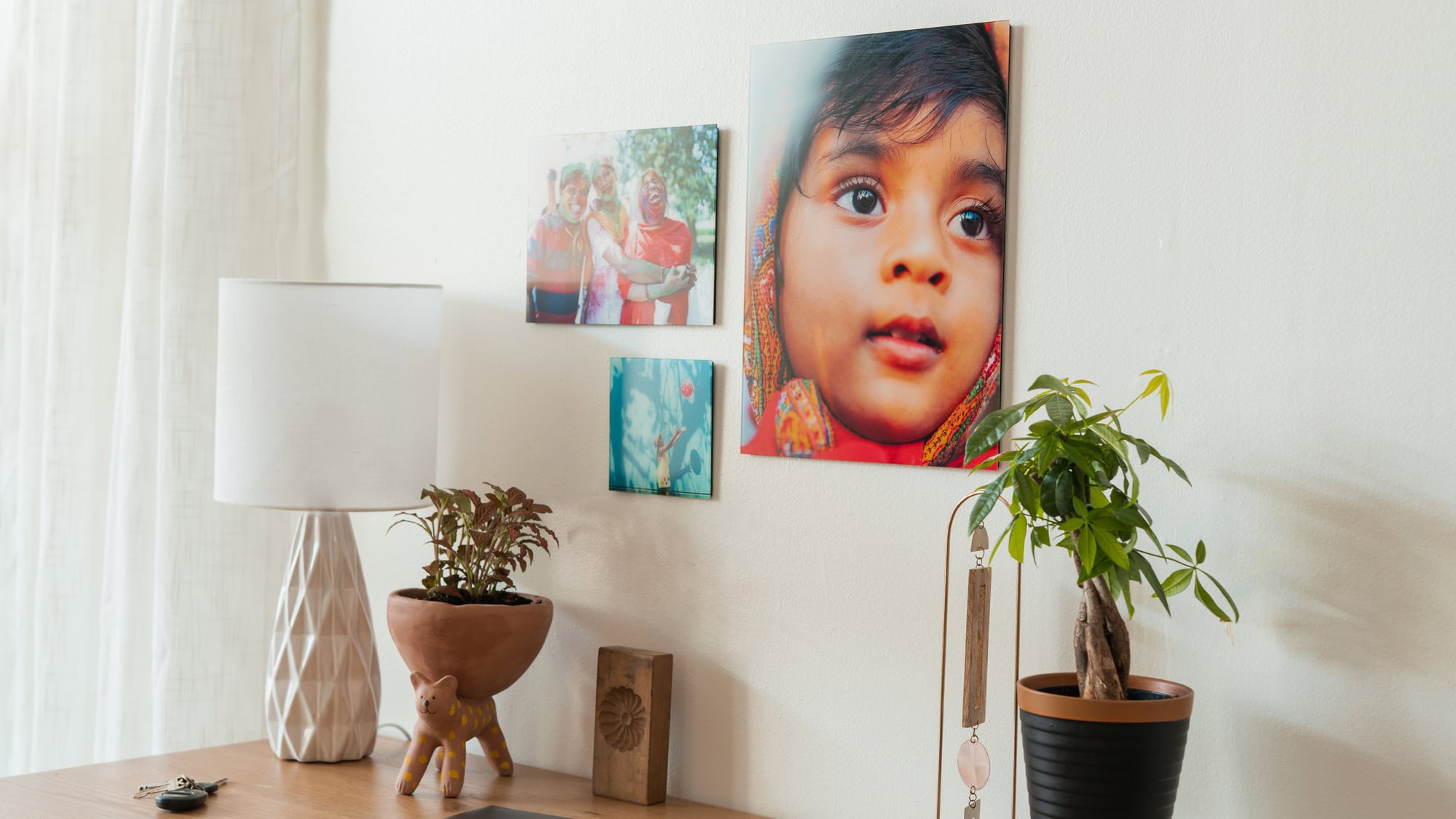

Comments